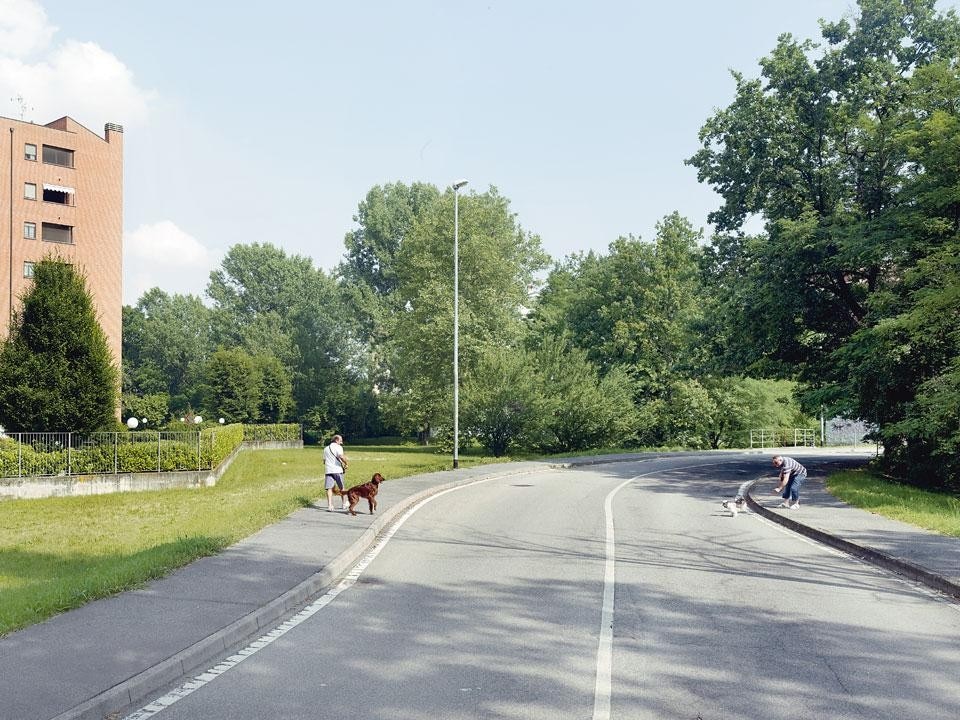What memories do places retain of the things that happened in them? Try going to Quarto, near Genoa, to see the rocks from which Garibaldi's thousand Red Shirts set sail on their great adventure; or to Via Caetani, in Rome, where the dead body of the politician Aldo Moro was found abandoned in the boot of a car. In both places there is a plaque, a monument, an object and an inscription, to record what happened on that spot, years, decades, a century ago. Are these places impervious to memory, or do they keep it as a part of their identity?
It is a question hard to answer, yet it needs to be asked when looking at these photographs by Tommaso Bonaventura and Alessandro Imbriaco, realised for the research project curated by Fabio Severo. They represent places where a Mafia-style crime was committed — hence the title of the project, Corpi di Reato ("Corpora Delicti"). It could be a murder, building speculation, a house where a criminal at large has lived, or one still inhabited by a mobster; a whole suburb with a clan of gangsters ensconced in it; or courtrooms, archives of court cases, bunkers, legal evidence, statues of slain judges. These places, spaces and buildings, framed by the lens of Bonaventura and Imbriaco, are intended to indicate not just a criminal act, but also a visual presence: the Mafia is here, all around us. At one time, the photographs that portrayed this criminal association represented the murders of eminent figures and Sicilian landscapes: old-fashioned images that confirmed clichés; photographs of customs and traditions, sedimented in the eyes of the whole country. But then, after the slaughters it wrought during the 1990s, the Mafia emerged from its customary landscape of palm trees, olive groves, cliffs, dry-stone walls, donkeys, cloth caps, moustachioed men, black-clad women, portraits of criminal absconders, bandits and so on, and moved into a sort of invisibility.


After the slaughters in the 1990s, the Mafia has become a scattered, multiform reality









